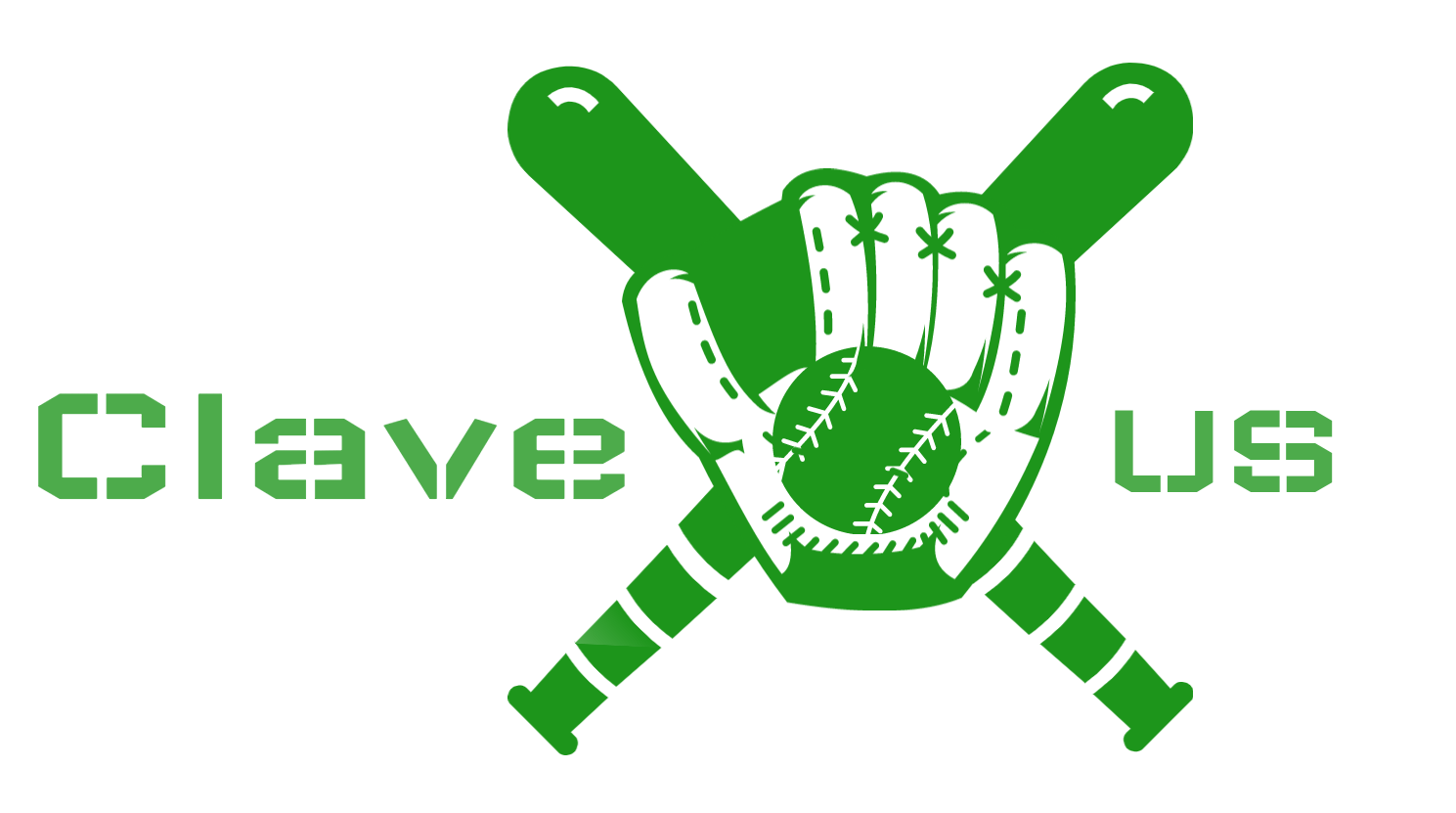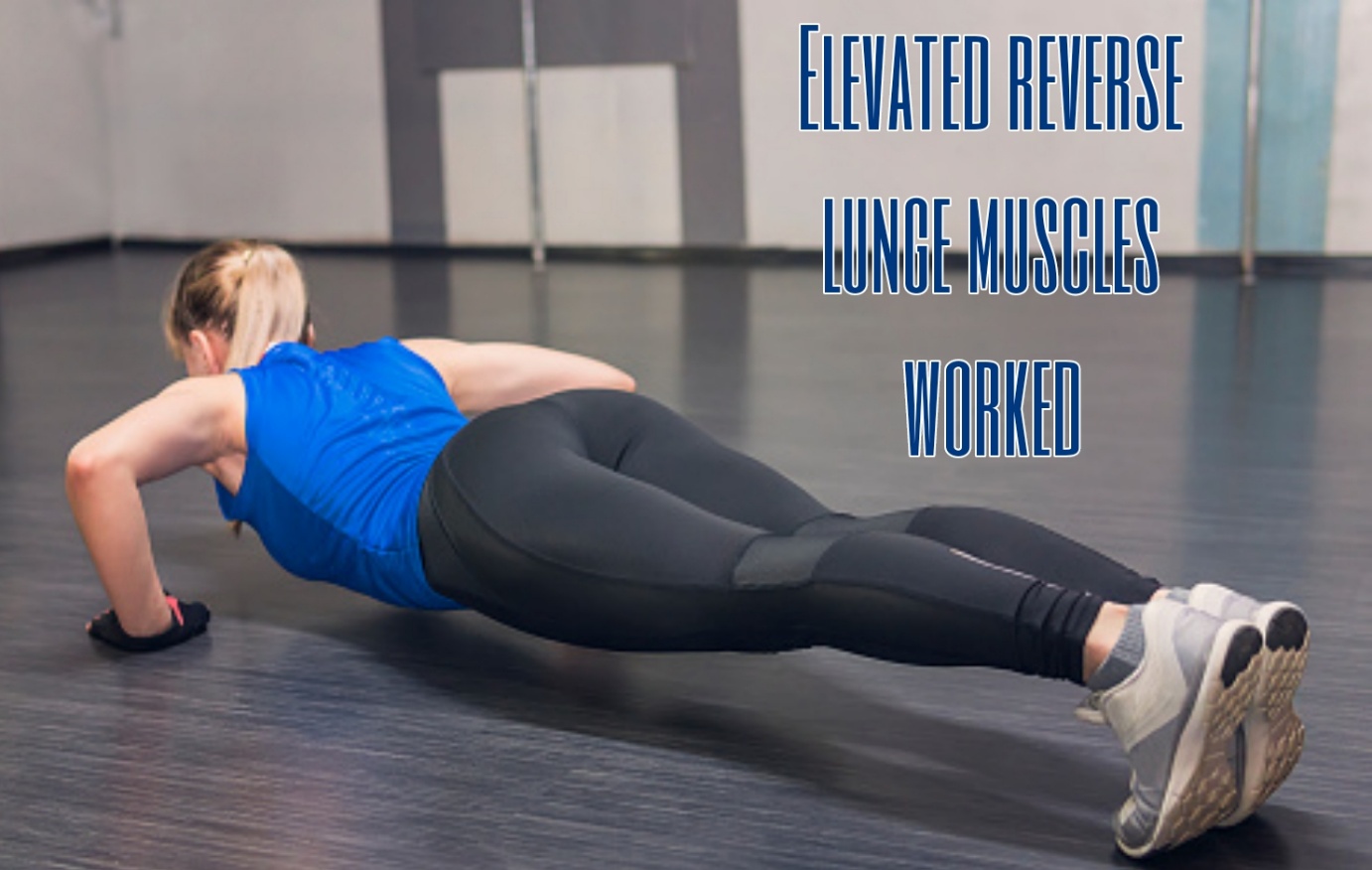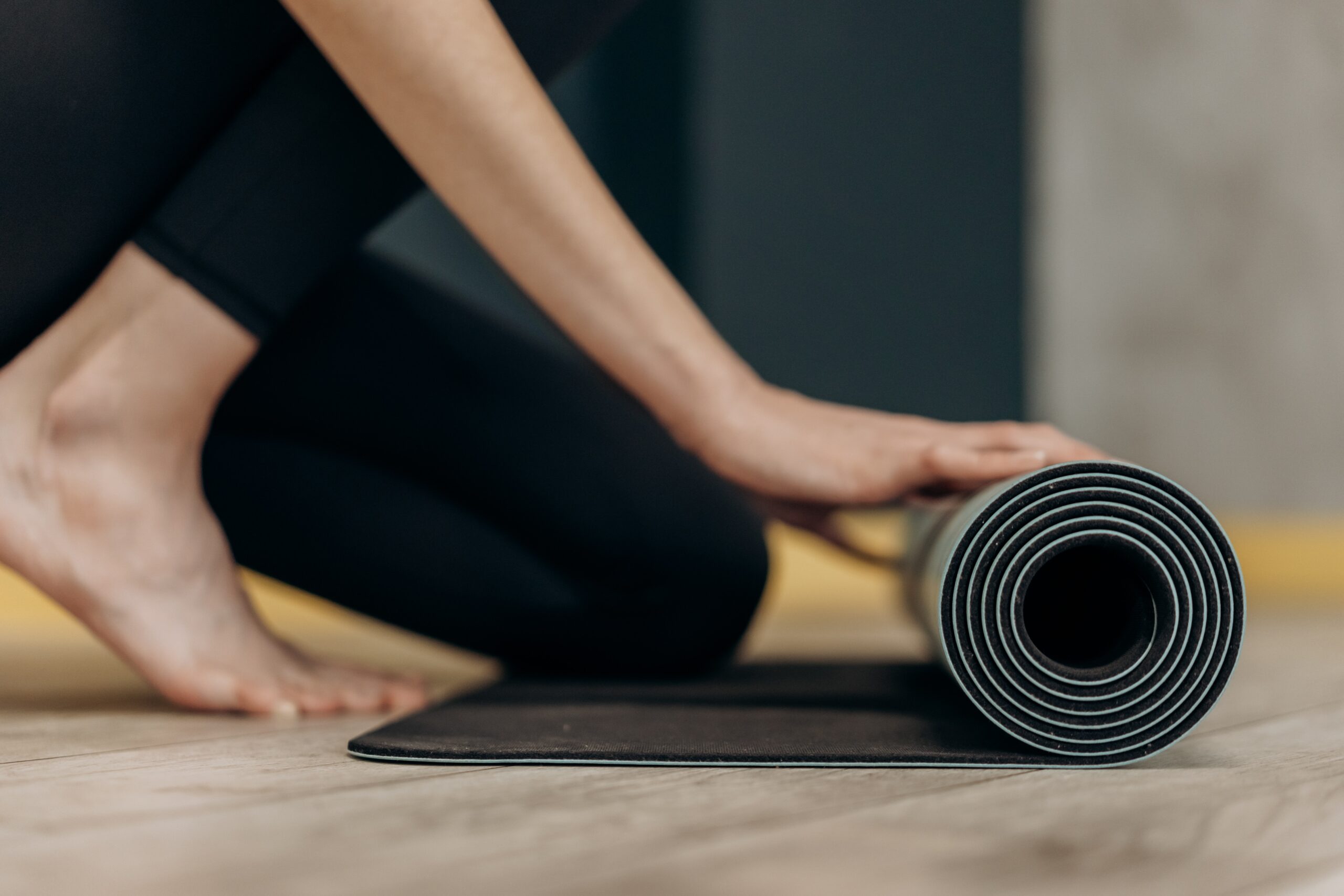Elevated Reverse Lunge Muscles Worked | why is it important | Exercise Guideline & Benefits
Well, elevated reverse lunge muscles worked can increase your overall performance, but it targets some muscles better. For this reason, we will look at each muscle used in the backstroke and also explain how elevated reverse lunge muscles worked to build the glutes.
There are typically two exercises you can add to your legs especially to build your booty. The first one is the elevated reverse lungeand the second one is the reverse lunge. Later one is often easier for people with knee problems.
Look down here in the article to better understand elevated reverse lunge muscles worked and their benefits also!
What are elevated reverse lunge muscles worked?
Normally, elevated reverse lunge muscles worked target all the muscles in the lower body. You can also make small adjustments to lighter kicks, such as forward jumps or front or back leg raise, which however focus more on different parts of the legs.
No doubt lunge is a great exercise and mainly the muscles involved in running are the glutes and quads. But maintaining a balanced position also targets the smaller stabilizing muscles in the hips, knees, and ankles. Because of this, lunges are one of the best lower-body exercises you can do. Merely, the main muscles involved in elevated reverse lunge muscles worked are:
Quadriceps
Largely, the quadriceps is made up of four very strong muscles primarily accountable for lengthening the knee joint. One of these muscles usually derives from the front of the thigh, so it contributes to hip flexion. All of these large muscles habitually allow you to walk, run, jump, throw, and even bend.
Hamstrings
This group of three muscles certainly works the quadriceps and is typically responsible for knee flexion and hip extension.
Back lunges truly involve more tendons than front lunges. Predominantly, the three bones of the humerus are the biceps femoris, semimembranosus, and hamstring.
Gluteus Maximus
Naturally, the gluteus Maximus is the largest muscle in the pelvic area and essentially gives the hip its round shape. Functionally, these muscles extend the pelvis and even align the legs with the body, eventually allowing you to stand.
Gluteus minimus
Generally, the gluteus mediums and minimus stabilize and externally rotate the femoral head to externally rotate the leg. Primarily, the gluteus medius is the larger of the two muscles and principally is located at the top of the thigh.
Adductors
On the inside of the thigh principally there is an adductor muscle and is usually responsible for bringing the leg to the midline of the body. They are very active at the bottom of every squat or lunge and importantly provide great strength and also support for most lower body movements.
Triceps sure
Unquestionably, this is the common name for two calf muscles, gastrocnemius, and soleus. These muscles however work together to extend the ankle in a movement called plantar flexion. Though, the gastrocnemius also helps flex the knee joint, further, the triceps surae works immediately to stabilize and control the ankle and knee joints. Mostly during reverse extension.
Core
Verily, a core is a collective name for the abdominal muscles. Anyhow these surely include rectus abdominis, rectus abdominis, rectus abdominis, rectus abdominis, and rectus abdominis. Together, these muscles stabilize the spine and fundamentally prevent unnecessary movement of the lower back. Using weights during reverse lunges predominantly forces these muscles to work harder.
Why is it necessary?
Necessarily, the elevated reverse lunge muscles worked are the most versatile exercises normally for the lower body. Yet, they target every part of the lower body and ultimately help strengthen the core, hips, glutes, quads, hamstrings, and calves.
By doing this weekly, you will strongly improve your stability, balance, and strength and even reduce the chances of future injuries. Additionally, lunges can help build your hips and eventually give your hips a huge boost.
How elevated reverse lunge muscles worked to build glutes?
Nevertheless, you can try a high-rebound variation by arranging a board or two under your foot. Still, this allows you to further stretch or stretch your glutes. Try it after a bridge or hip shot surely to get a big deal
- Raise your front leg by positioning a plate in front of you (this will allow you to target your glutes more).
- Arch back, contract your core and lower your back leg until your knee almost touches the floor.
- Veritably, the front knee should be at a 90-degree angle.
- Return to the starting position with your feet on the floor.
- Repeat 10 times, then switch legs.
Benefits of Elevated Reverse Lunge Muscles worked
Step Up Squats
In reverse, most of the weight should be on the front foot and the back legs should only be used for balance and a little help.
Therefore, kickbacks are a great way surely to overload your legs without using extra weight. Think of this exercise as a back-leg push, especially for more results.
Use your back leg less and less until you progress to single-leg squats, also known as pop-ups.
Build strength, size, or stamina
Depending on how you load it, you can simply use the reverse lunge to achieve your muscle fitness goals. Manipulate heavyweights typically for strength or heavy reps with light weights for endurance.
Identify and correct the left-right power imbalance
It is normal for one leg to be stronger or more muscular than the other, but large differences can lead to injury and poor performance. Reverse splitting is an effective way generally to identify and address strength imbalances.
Improved hip mobility
Likely, reverse lunges help open the hips and still improve lower body mobility and flexibility. Improves function and also improves athletic performance.
Surely, the reverse lunge is a highly functional exercise that is especially useful for improving walking, running, and sprinting.
Better balance
Over a point of support, balance is the proficiency surely to retain the center of gravity. Because the reverse lunge is a semi-unilateral exercise, it throws you off balance more than the squat or deadlift. Push-ups are an effective exercise for improving balance.




